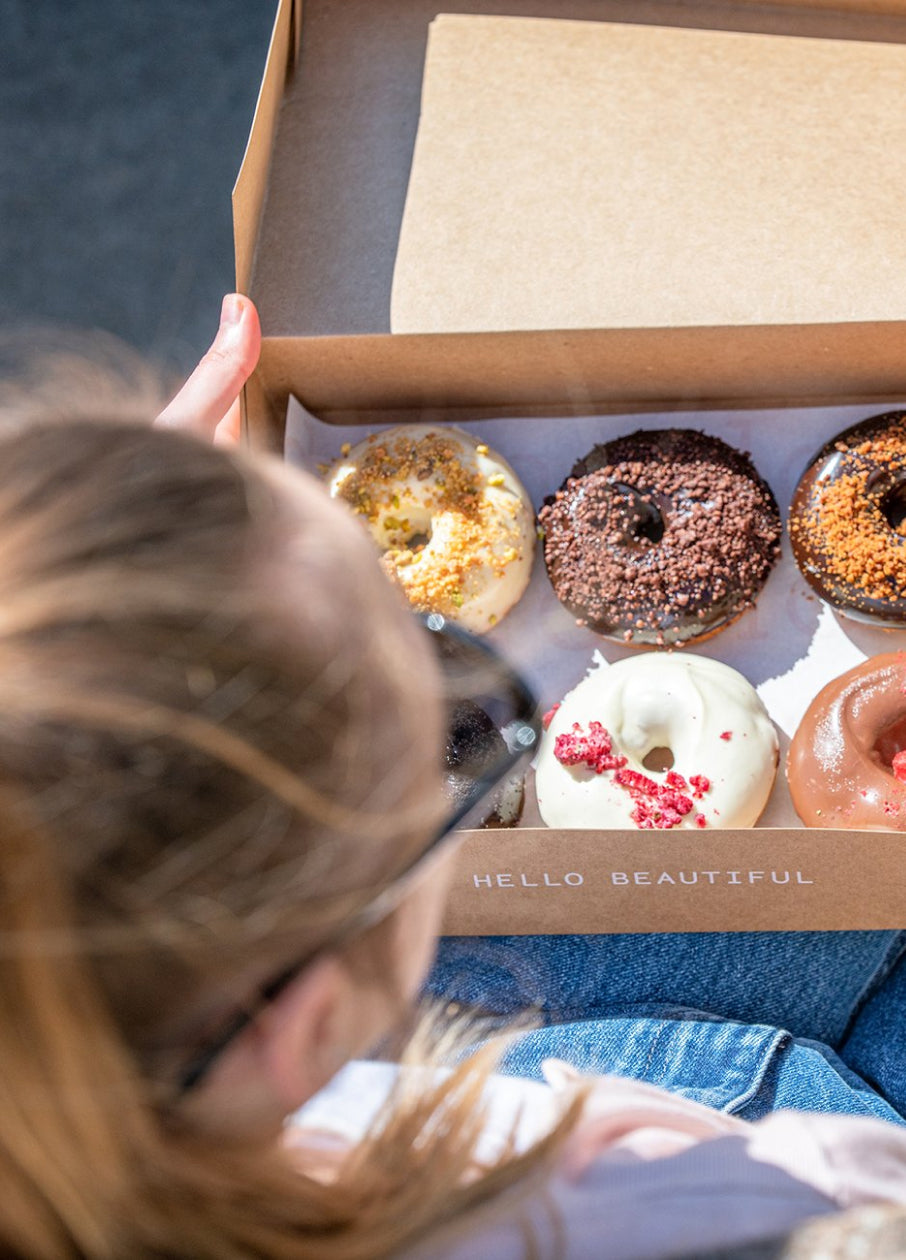No dough
A local staple in the brunch scene, even for those who aren’t gluten-intolerant. Nodo’s bakery-cafés are stunning places to meet for a coffee and a donut along with a beautiful breakfast/lunch all over Brisbane. So when founder Kate wanted the brand’s online store to reach that same gorgeous potential, she asked BA to jump in.
To identify the opportunities available to us around the current website, developed initially by Brisbane studio Gangplank, we got started on a Shopify Growth Strategy before rolling our recommendations out across Shopify web work and a digital marketing program. The Nodo site was already popular for pre ordering tasty treats available for delivery or pickup across their many locations. Where BA came in was helping transform how the packaged products, like the blends and coffee beans, were seen by customers far and wide.



